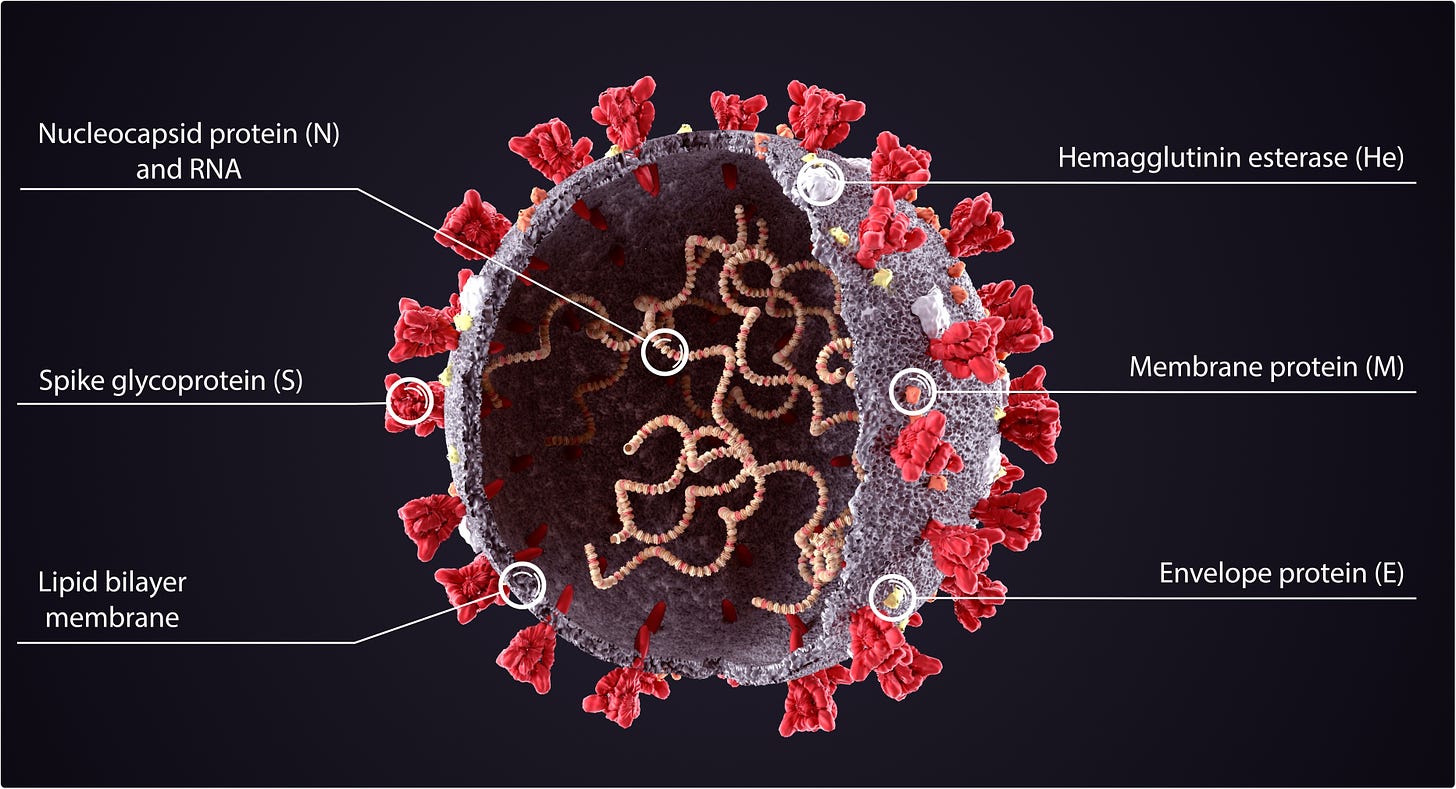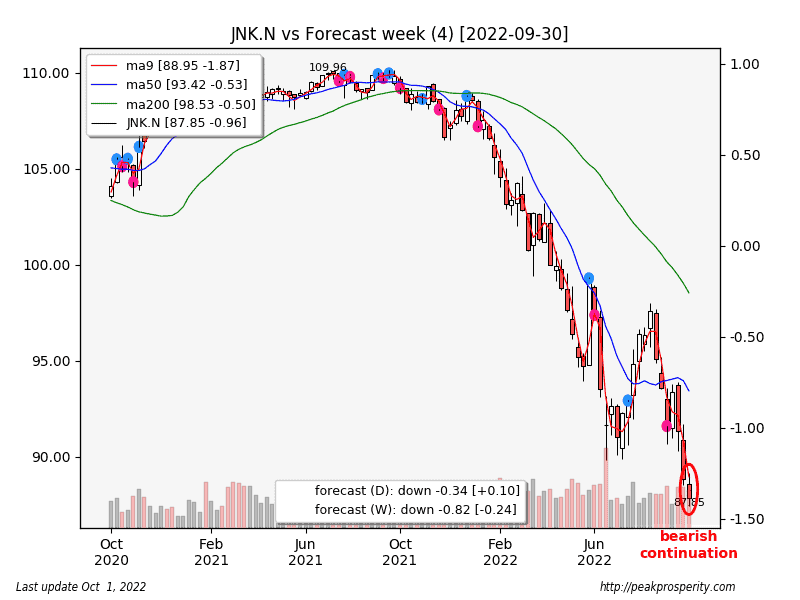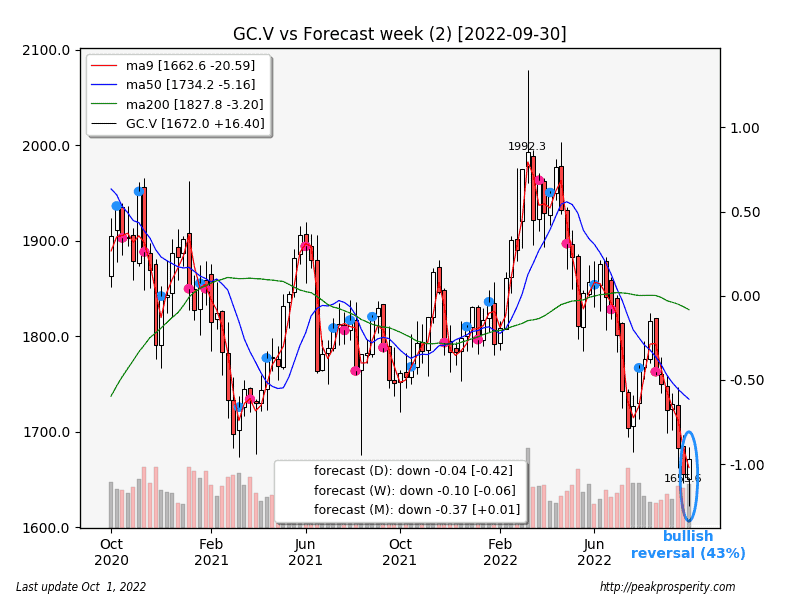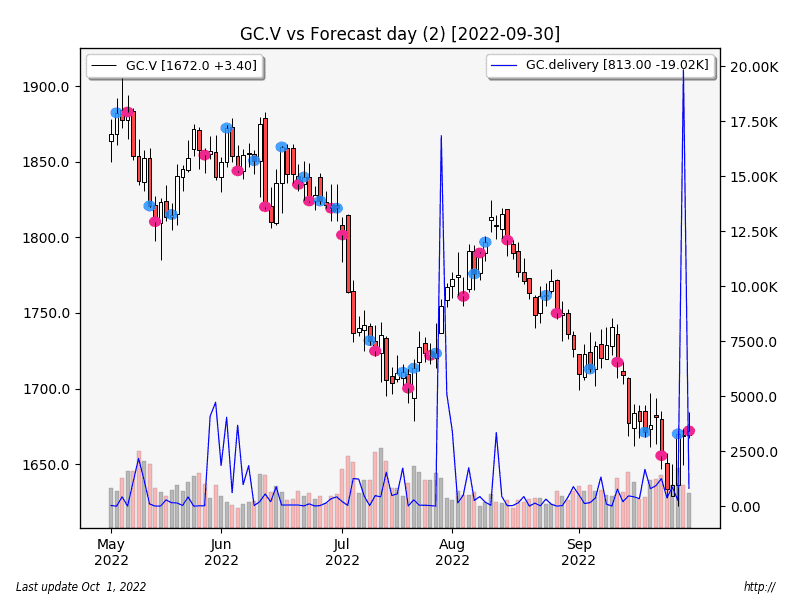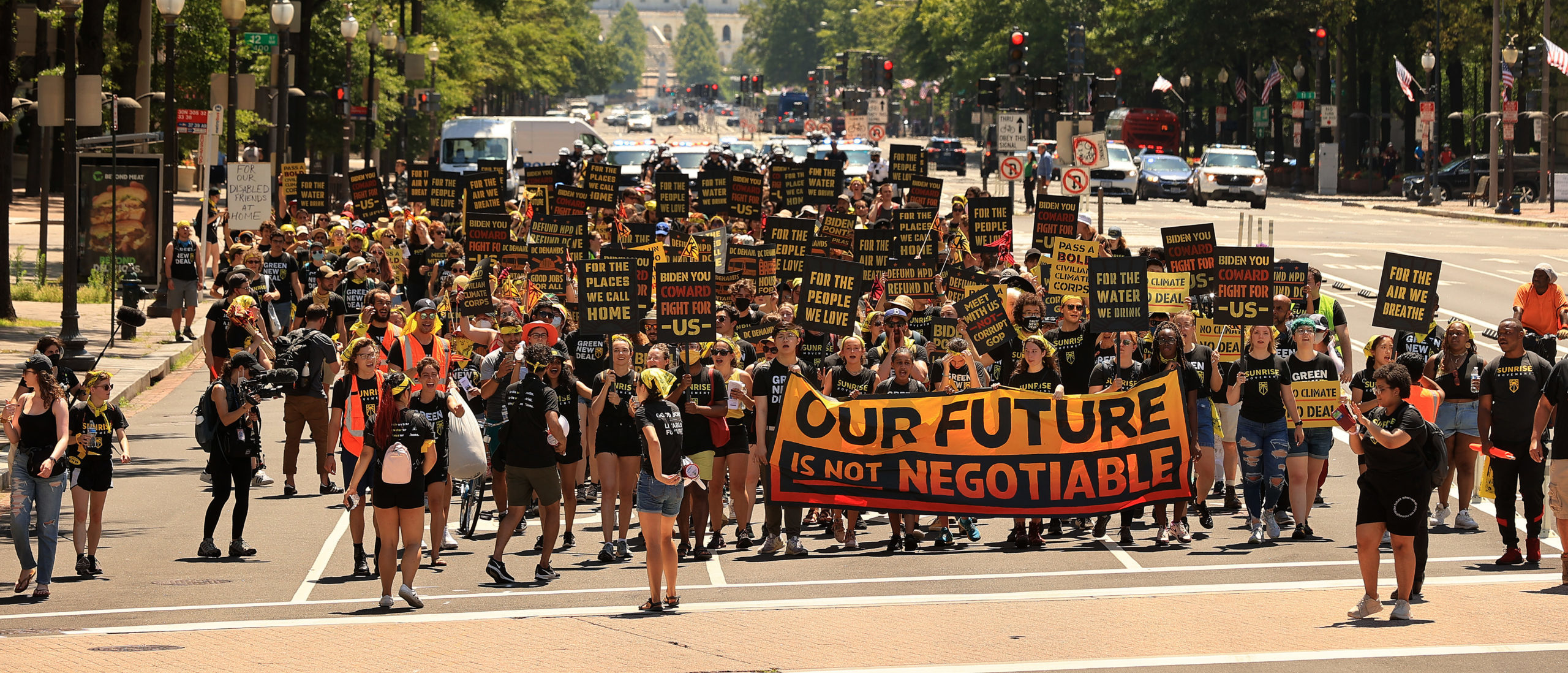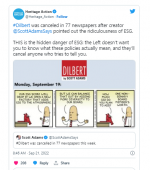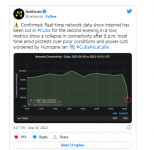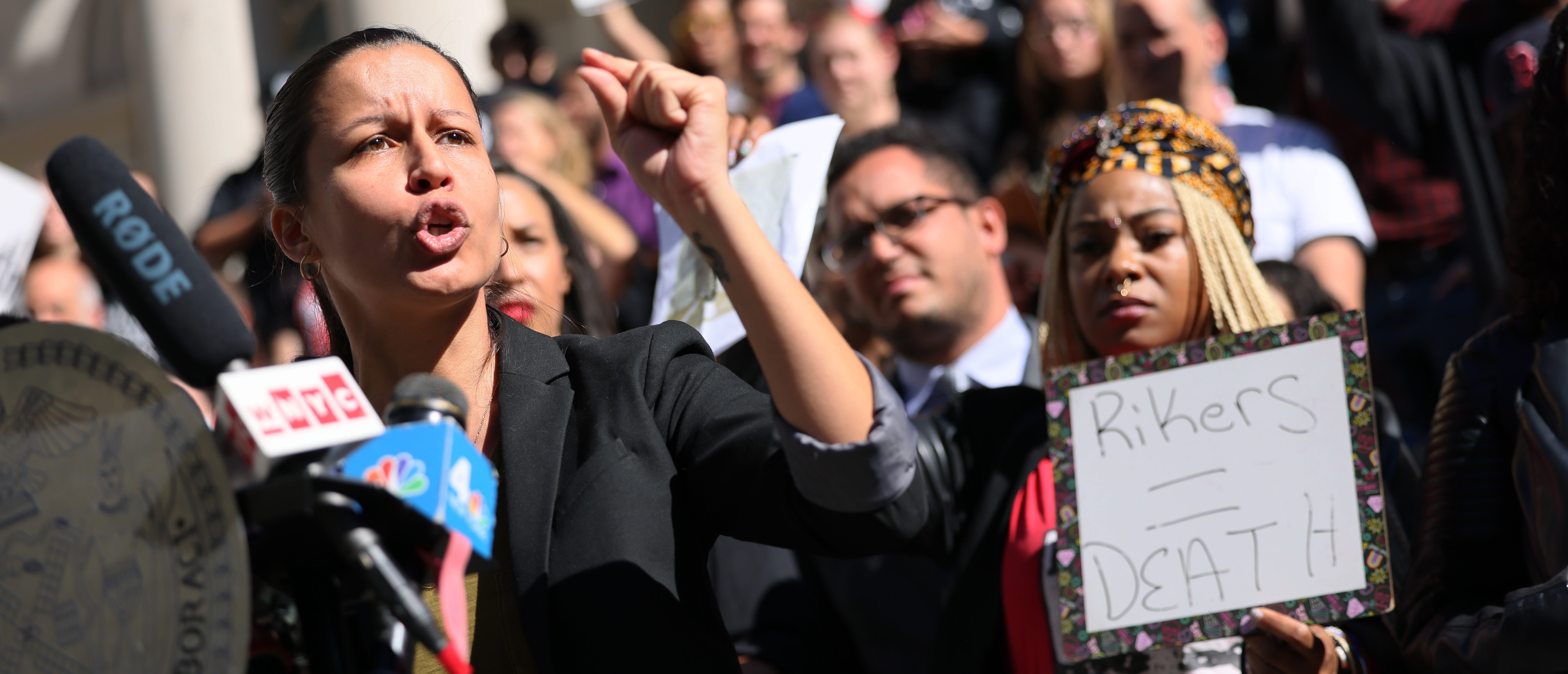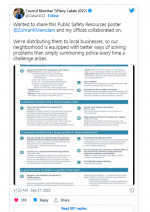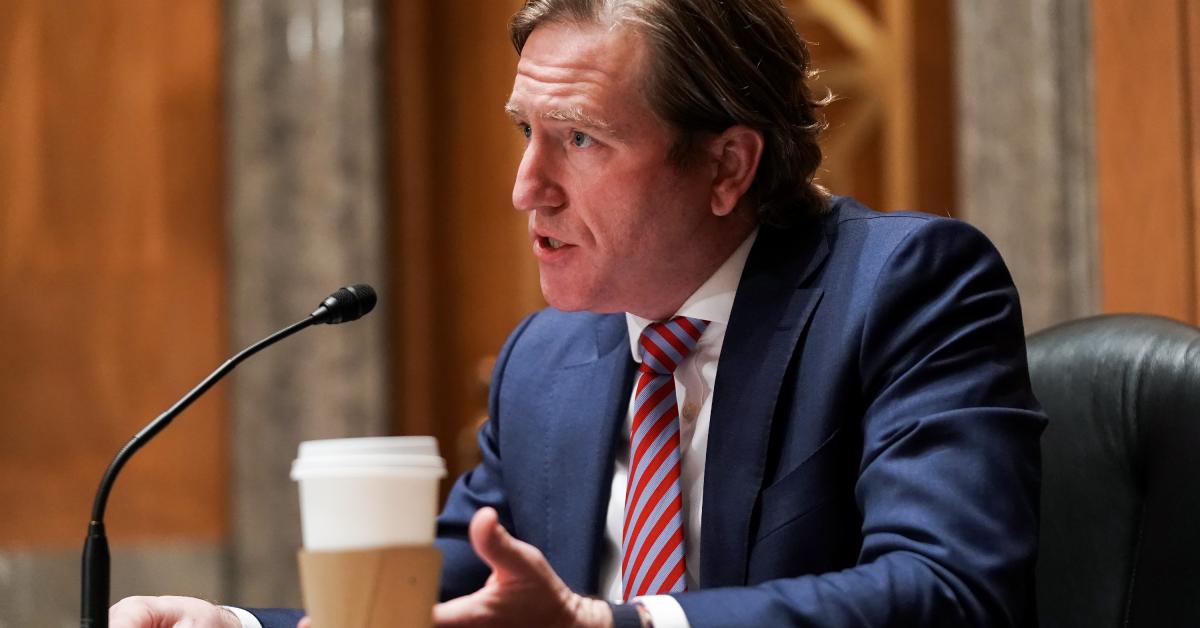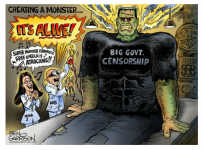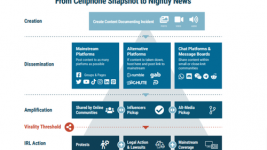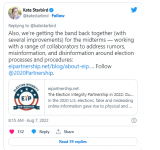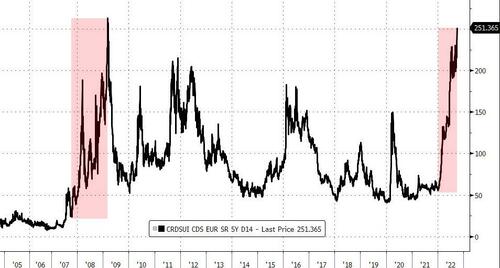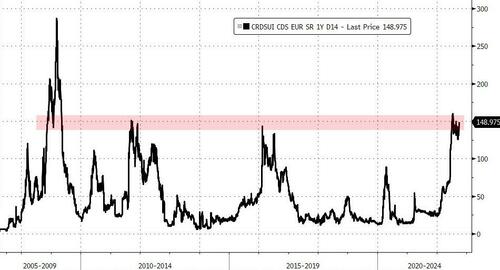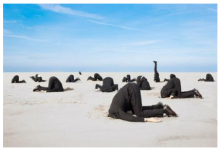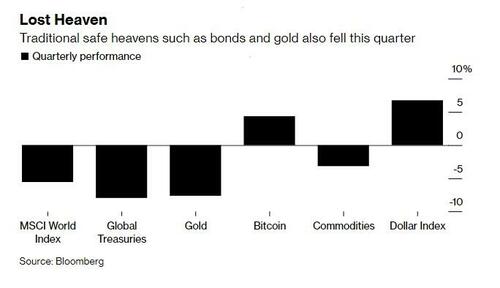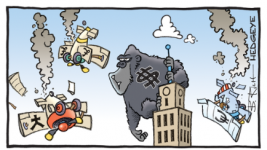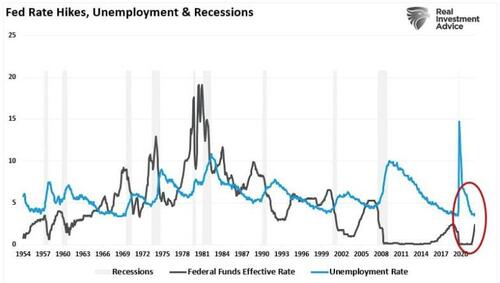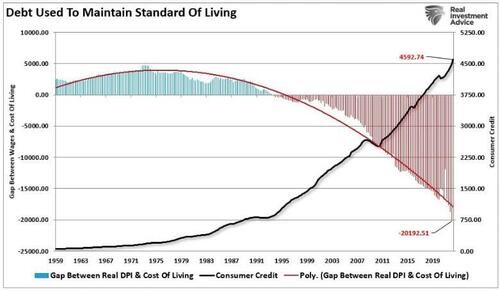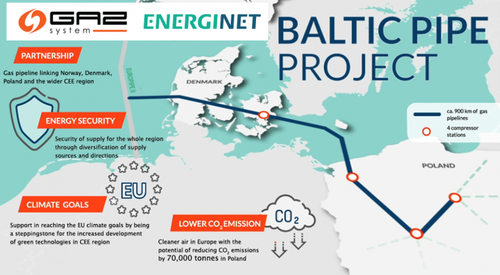Hmmmmmm.....
ZeroHedge - On a long enough timeline, the survival rate for everyone drops to zero

www.zerohedge.com
The 70 Seconds That Shook The World
SUNDAY, OCT 02, 2022 - 06:15 PM
Authored by Jeffrey Tucker via The Brownstone Institute,
On March 16, 2020, following a long weekend of negotiations and deals about the coronavirus, Donald Trump, Deborah Birx, and Anthony Fauci spoke at a White House press conference for the first time about nationwide lockdowns.
They handed out a sheet of paper – it mostly consisted of conventional health advice – that said in tiny print: “bars, restaurants, food courts, gyms, and other indoor and outdoor venues where groups of people congregate should be closed.”
Shut it all down. Everything. Everyone. As if the whole economy were a nightclub closing early.
This amounted to a full repudiation of not only the Constitution but also freedom itself. At the very least, it was a fundamental attack on the First Amendment guarantees of the freedom of religion because it attacked the rights of Christians, Jews, Muslims, and everyone.
All evidence suggests that Trump did not know that the tiny text was in there.
The reading of the text was left to the question and answer session.
Even when it was read by Fauci from the podium, Trump seemed distracted by something else, almost as if he did not hear or did not want to hear it. Later he bragged that the whole thing was his doing, but looking back at the history of that day, it is not so clear.
Let’s take this apart frame by frame to understand what happened in these 70 seconds as part of the Q&A session. A reporter starts by asking whether the federal government is telling people to “avoid restaurants and bars” or if the government is saying that “bars and restaurants should shut down over the next 15 days.”
Both Fauci and Birx knew for sure that the guidelines were calling for them to shut down.
After a long and tedious press conference about not much, following a very precise question, Trump turns to Fauci to have him answer. This might be because he wasn’t listening carefully and did not know how to respond. Fauci then motions to Birx, who rises to the podium. Fauci probably believed that she would be the one to do the dirty work of announcing the lockdowns. Fauci is clearly egging her on: now is your time.
Birx begins her answer with a strategic deflection, speaking tendentiously about how long the virus lives on surfaces. It was nothing but smokescreen, and there is every reason to believe that she knew it. She pointedly was not answering the question. She chickened out at the last moment.
A possibly frustrated Fauci interrupts here with a hand signal from the side. Birx immediately realizes what he was going to do: he was going to read the order that Trump did not know was there. So she decides to pass the buck. She gets giddy and silly with excitement, adrenaline flowing. She starts stumbling around with her words, and says in a faux-girlish way that she will let Fauci speak because he is her mentor.
This was her way of saying that she would gladly pass this hot potato onto him.
She likely knew that this was the great moment they had all been waiting for. She was mad with excitement. Oddly, Trump was smiling too but possibly because of her antics, not because of what was about to happen.

Fauci steps up to the microphone. He does not personally call for lockdowns. Instead he reads the guidance word for word.
Dr. Fauci: The small print here. It’s really small print. “In states with evidence of community transmission, bars, restaurants, food courts, gyms and other indoor and outdoor venues where groups of people congregate should be closed.”
As he reads, Birx herself is smiling from ear to ear, as if the words were poetry to her. It was not an unfamiliar text. She had been working on these words the entire weekend. Finally all her work had come to fruition.
Even better, she didn’t have to read it. Fauci did.

What was Donald Trump doing during this time? He got distracted by someone in the audience who got his attention. He smiles and points a finger. One wonders who and why.
Here is a screenshot.

Was someone assigned to do the job of distracting him? One cannot rule it out. This was the most significant moment of all. The big reveal had come. And Trump’s attention was clearly elsewhere. To whom was he pointing and smiling?
Was he just pretending not to hear?
Who can say?
Fauci reads the text and then he steps away from the microphone. He had just read what is in fact the most totalitarian instruction ever given by any government in the history of the world – I can’t think of another case of such a thing – that all human interaction must stop from sea to shining sea. After all, all congregate places include homes too. Then Fauci steps away from the microphone.
Trump then comes back to the podium. He briefly rolls his eyes, as if to say “There he goes again” but without a conception of what was just read or what it meant.

At this point, what happens? Birx is gleaming, internally cheering. The deed has been done. It’s over. They worked for many weeks to pull off this caper and in an instant it was done.
Notice here that Fauci catches Birx’s eye and gives a little nod. She smiles back. They were giving visual affirmations to each other.

It was then that Trump clarified that he is not telling anyone or anything to shut down, but this statement contradicts what was just read a few seconds ago.
The exchange went as follows:
Reporter: So Mr. President, are you telling governors in those states then to close all their restaurants and their bars?
Trump: Well we haven’t said that yet.
Reporter: Why not?
Trump: We’re recommending but-
Reporter: But if you think this would work.
Trump: … we’re recommending things. No, we haven’t gone to that step yet. That could happen, but we haven’t gone there yet.
This was another strange moment because Trump explicitly contradicted the words that were just read. The paper reporters were looking at were clearly a lockdown order. Any astute reporter would have seen the huge chasm separating the edict from Trump’s own words or understanding.
Here you can watch the full 70 seconds. Deconstruct it yourself. See what you think. It was momentous, probably the most significant in American history, the culmination of weeks of persuasion and planning.
Video on website 1:16 min
Everything followed from that brief moment: lockdown chaos, the closed schools and churches, the end of basic rights, the wrecking of business, and then began the spending, inflating, mad welfare checks, and the demoralization of the population that continues to this day.
The population now subjected to shock and awe, the mask and vaccine mandates seemed minor by comparison.
All of it unfolded in 70 seconds on March 16, 2020. So far as I know, this is the first and only article written so far to reconstruct this brief moment in time.
^^^^
(Comment: Trump was always a strict Constitutionalist when it came to the virus. He knew that the states retained the "police powers' to protect public health and safety - not the federal government. The items in "fine print" were recommendations to the states as the federal government did not have the Constitutional authority to impose them.
In Carter v. Carter Coal Co., 298 U.S. 238 (1936),the Court stated:
"The general rule with regard to the respective powers of the national and the state governments under the Constitution is not in doubt. The states were before the Constitution; and, consequently, their legislative powers antedated the Constitution. Those who framed and those who adopted that instrument meant to carve from the general mass of legislative powers, then possessed by the states, only such portions as it was thought wise to confer upon the federal government; and in order that there should be no uncertainty in respect of what was taken and what was left, the national powers of legislation were not aggregated but enumerated-with the result that what was not embraced by the enumeration remained vested in the states without change or impairment. Thus, 'when it was found necessary to establish a national government for national purposes,' this court said in Munn v. Illinois, 94 U.S. 113, 124, 'a part of the powers of the States and of the people of the States was granted to the United States and the people of the United States. This grant operated as a further limitation upon the powers of the States, so that now the governments of the States possess all the powers of the Parliament of England, except such as have been delegated to the United States or reserved by the people.' While the states are not sovereign in the true sense of that term, but only quasi sovereign, yet in respect of all powers reserved to them they are supreme-'as independent of the general government as that government within its sphere is independent of the States.' The Collector v. Day, 11 Wall. 113, 124. And since every addition to the national legislative power to some extent detracts from or invades the power of the states, it is of vital moment that, in order to preserve the fixed balance intended by the Constitution, the powers of the general government be not so extended as to embrace any not within the express terms of the several grants or the implications necessarily to be drawn therefrom. It is no longer open to question that the general government, unlike the states, Hammer v. Degenhart, 247 U.S. 251, 275, 38 S.Ct. 529, 3 A.L.R. 649, Ann.Cas.1918E 724, possesses no inherent power in respect of the internal affairs of the states; and emphatically not with regard to legislation. The question in respect of the inherent power of that government as to the external affairs of the Nation and in the field of international law is a wholly different matter which it is not necessary now to consider. See, however, Jones v. United States, 137 U.S. 202, 212, 11 S.Ct. 80; Nishimur Ekiu v. United States, 142 U.S. 651, 659, 12 S.Ct. 336; Fong Yue Ting v. United states, 149 U.S. 698, 705 et seq., 13 S.Ct. 1016; Burnet v. Brooks, 288 U.S. 378, 396, 53 S.Ct. 457, 86 A.L.R. 747.
"The determination of the Framers Convention and the ratifying conventions to preserve complete and unimpaired state self-government in all matters not committed to the general government is one of the plainest facts which emerges from the history of their deliberations. And adherence to that determination is incumbent equally upon the federal government and the states. State powers can neither be appropriated on the one hand nor abdicated on the other. As this court said in Texas v. White, 7 Wall. 700, 725, 'The preservation of the States, and the maintenance of their governments, are as much within the design and care of the Constitution as the preservation of the Union and the maintenance of the National government. The Constitution, in all its provisions, looks to an indestructible Union, composed of indestructible States.' Every journey to a forbidden end begins with the first step; and the danger of such a step by the federal government in the direction of taking over the powers of the states is that the end of the journey may find the states so despoiled of their powers, or-what may amount to the same thing-so relieved of the responsibilities which possession of the powers necessarily enjoins, as to reduce them to little more than geographical subdivisions of the national domain. It is safe to say that if, when the Constitution was under consideration, it had been thought that any such danger lurked behind its plain words, it would never have been ratified.)
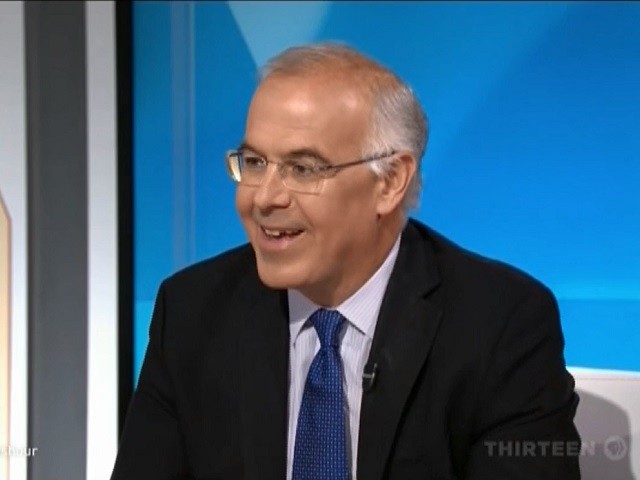















 IMHO, WWF is THE most evil, anti-human, of the so called "environmental" groups.
IMHO, WWF is THE most evil, anti-human, of the so called "environmental" groups.

